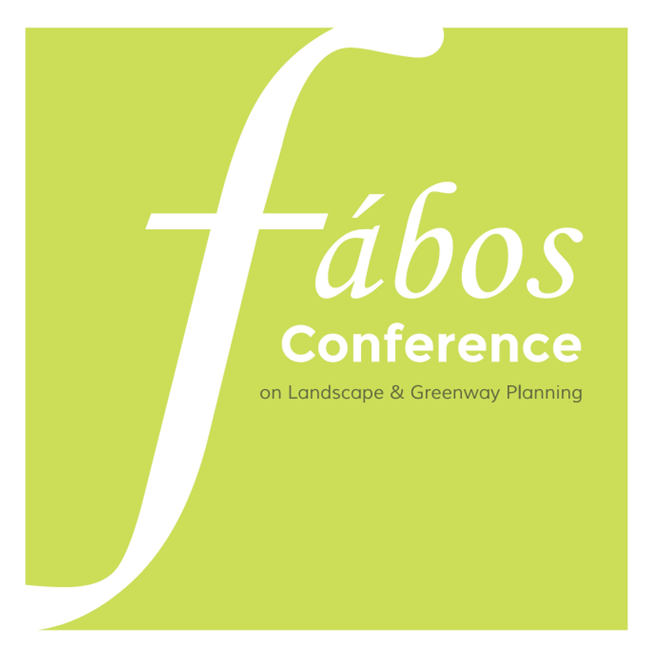Restoring Waterways, but for Whom? Environmental Justice, Human Rights, and the Unhoused
Abstract
Restoration projects involving urban waterways are becoming more common, and this project asks, are they advancing environmental justice goals, or simply reinforcing the status quo in built environments? Urban waterway projects have sought to revitalize watersheds for both ecosystems and people, and some have explicitly engaged environmental justice. Still, key populations remain underserved, so more explicit attention to public goals is necessary. This paper explores environmental justice in waterway restoration projects with a targeted focus on one of the most marginalized populations in society, the unhoused.
We identify ways that watershed restoration projects are advancing goals for convivial public space, yet at the same time, falling short of their potential to cultivate equitable access. We examine case study project achievements that lie at the intersection of the unhoused, urban waterways, and greenspace, to see how projects have unfolded in several locations. With reference to specific examples, located in the US and beyond, case studies help illustrate the complexity of the policy context within which these efforts occur. The paper concludes with several observations about: green gentrification, issue framing, the policy process, hostile landscape architecture, resistance, and community-based participatory design; several questions for further exploration are laid out.
Keywords: waterways; restoration; environmental justice; unhoused
How to Cite:
Moran, S., Smardon, R. & Yang, J., (2025) “Restoring Waterways, but for Whom? Environmental Justice, Human Rights, and the Unhoused”, Fábos Conference on Landscape and Greenway Planning 8(1). doi: https://doi.org/10.7275/fabos.2403
Downloads:
Download Restoring waterways, but for whom? Environmental justice, human rights, and the unhoused
282 Views
100 Downloads
